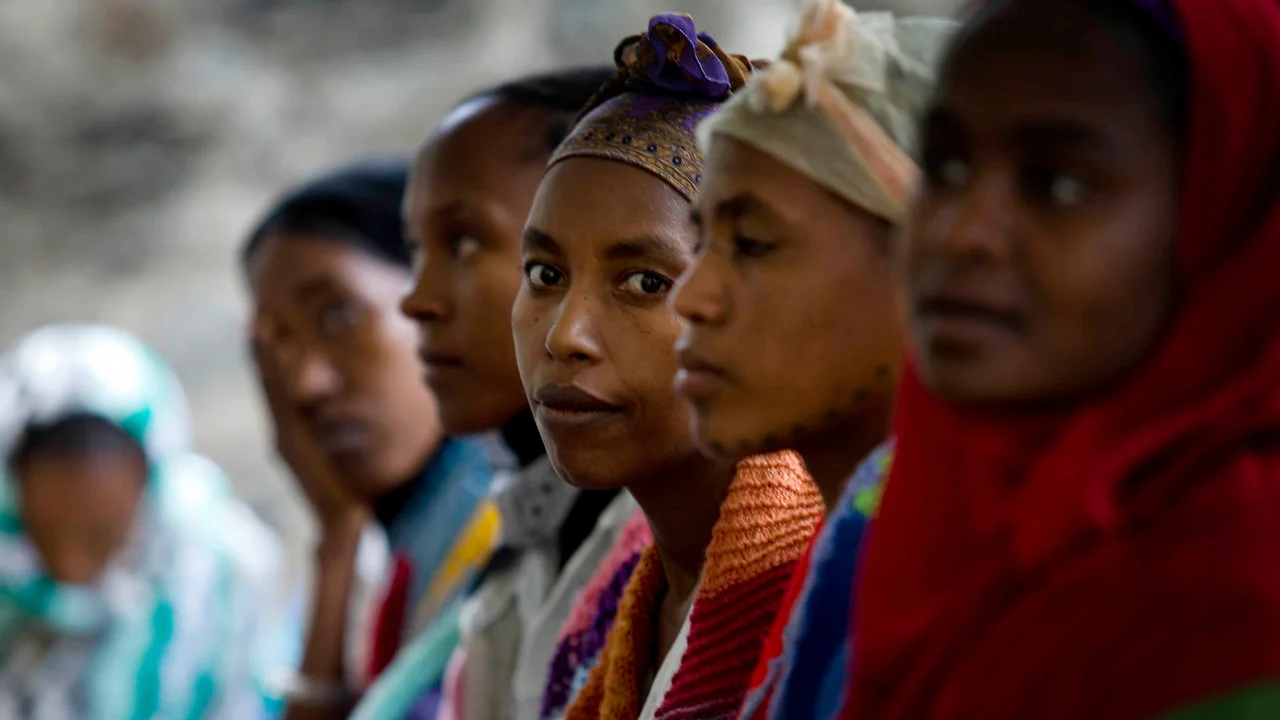Gender equality has been a longstanding issue across the world, with the fight for equal rights and opportunities for women spanning several decades. Despite significant progress made in recent years, gender inequality is still prevalent in many areas of society, including the workplace, education, and politics.
The United Nations secretary-general Antonio Guterres said, “Gender equality is growing more distant. On the current track, UN Women puts it 300 years away”
One of the key reasons why gender equality is still an issue is due to deep-rooted cultural and societal norms. These norms have traditionally assigned different roles and expectations to men and women, with men often viewed as the primary breadwinners and women as caretakers. These expectations are reinforced from a young age and can be difficult to challenge, even in today’s progressive society.
Another factor contributing to gender inequality is the gender pay gap, which refers to the difference in earnings between men and women in the same job. Despite legislation aimed at closing the gap, the problem persists, with women on average earning less than men for doing the same work. This can have a significant impact on women’s financial independence and can limit their opportunities for career progression.
Gender inequality is also prevalent in politics, with women underrepresented in leadership roles across the world. In many countries, women hold a small percentage of political positions, and women of color face additional barriers to representation. This lack of representation can have serious consequences, as it means that policies and decisions are often made without considering the needs and perspectives of half the population.
Education is another area where gender inequality persists. While more girls are now receiving an education than ever before, there are still significant disparities in access to education between boys and girls, particularly in developing countries. In some cultures, girls are expected to prioritize their domestic responsibilities over their education, and they may also face discrimination and harassment from their male peers or teachers.
So, what can be done to address these issues and achieve gender equality?
One important step is to challenge societal norms and expectations surrounding gender roles. This can be achieved through education and awareness campaigns that promote gender equality and challenge harmful stereotypes. Encouraging more women to enter traditionally male-dominated fields such as STEM can also help to break down gender barriers in the workplace.
Employers can also play a role in promoting gender equality by ensuring equal pay for equal work and offering flexible working arrangements that accommodate the needs of both men and women.
Political leaders can work towards increasing the representation of women in leadership roles by implementing policies that support women’s political participation and providing opportunities for training and mentorship.
Gender equality is still an issue today due to deep-seated cultural norms, the gender pay gap, underrepresentation in politics, and disparities in access to education. However, through concerted efforts to challenge these barriers, we can work towards a more equal and just society. It is up to all of us to do our part to promote gender equality, and by working together, we can achieve a brighter future for all.




